Celosia plants have such interesting flowers, which look great in both fresh and dried flower arrangements. The blooms are easy to dry and preserve as everlastings. Learn how to dry celosia, and preserve these intriguing flowers for later use.

Celosia is a popular annual flower which is often grown as a cut flower. The flowers have a wonderful soft texture, and can be used in the fresh or dried state.
The flowers are available in plume, wheat, and crested types, and all three types are easy to dry.
Plumed celosia cultivars are also known as the plumosa type. The flowers have feathery plumes, and come in a variety of different colors.

Wheat or spicata type cultivars have wheat shaped blooms with spiky flower heads.

Crested or cockscomb cultivars are known as the cristata type of celosia. The large flowers are crested with intricate folding and curving as the flowers mature, and sometimes are similar in appearance to a rooster's coxcomb.

Does Celosia Dry Well?
Celosia flowers look gorgeous in dried flower arrangements, because they dry well, and the dried flowers hold their texture and interesting shapes.

For best results when drying, use fresh flowers in their prime. The best flowers for drying will be freshly harvested and conditioned, resulting in high quality dry blooms.
Dried celosia flowers are long lasting. The drying process helps to preserve the vibrant colors and unique shape of the blooms.
The flowers will dry lighter or darker than the colors that you see in the field. This is based on the individual flower color, as well as the environment in which the blooms are dried.

Celosia flowers grow on long stems, which are generally straight, and easy to handle and process.
If planning to harvest celosia for drying, it's important to harvest at the right time.
If you harvest more mature flowers, you will have lots of seed drop. Alternatively, if immature flowers are harvested, there is a risk of drooping flower heads.
Mature celosia blooms will begin to develop seeds on the outside base of the flower, as the flowers begin to age. The celosia seeds are tiny, round, black and shiny.
Keep this in mind when drying these blooms, as the seeds will loosen during the drying process, and often drop to the surfaces below.
You can also tap the seeds off when they become visible, and gather them up to plant out again next year.

How To Dry Celosia
When To Harvest
- The best time to cut flowers is in the early morning, when they are the most hydrated. The evening hours will also work.
- Harvest celosia flowers on a dry day, after the morning dew has evaporated. Make sure that you are harvesting dry flowers, which are free of morning dew or rain.
- This is important to prevent molding from excessive moisture on the petals.
- When harvesting any type of flower for drying, it's also important to harvest when the blooms are at their peak. Avoid cutting any brown or spent blooms, because they will not dry as well.
- Plume and wheat celosia varieties should be harvested before 50% of the flowers have opened.
- Harvest the crested or cockscomb types when the inner flowers have expanded, but before the flowers start to brown at the base.
- On each cut stem, you will find flowers in different stages of maturity. There will be a more mature flower at the top of the stem, as well as smaller less mature branches and blooms lower down on the stem.
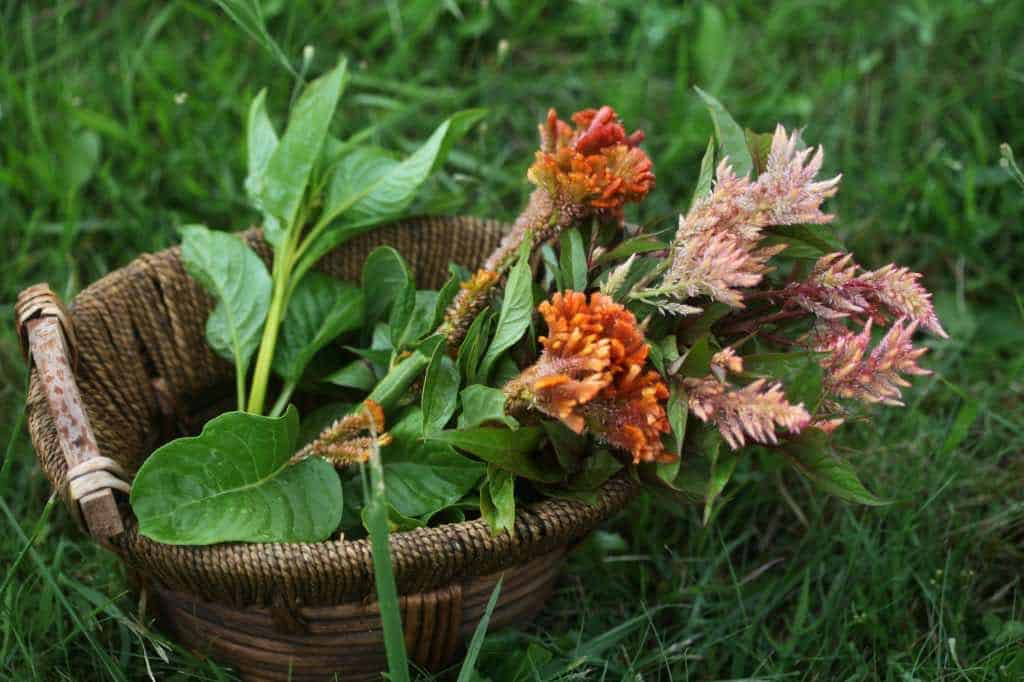
How To Harvest
- To harvest, make sure that you are using sharp clean pruners.
- In a more mature celosia plant, there will be multiple smaller branched stems coming off the main stem. Harvest these branches, to get your celosia stems.
- Cut deeply, all the way down to the main stem of the plant to remove the individual stems.
- The plant may produce more branches later on, after the harvest, if there is still enough time in the season for more production.
- After harvesting the flowers, brush off any insects that may be hiding in the creases of the flowers.
- Trim and prepare the stems, and remove most of the unwanted leaves. You can leave a few leaves at the top of the stem if you like.
- Place the flower stems in fresh water or a holding solution, and allow them to condition for several hours in the water before drying them.

Drying Celosia Flowers
There are many different ways to dry flowers, however perhaps the easiest and most efficient ways to dry celosia flowers is by using the air drying or the silica gel methods.
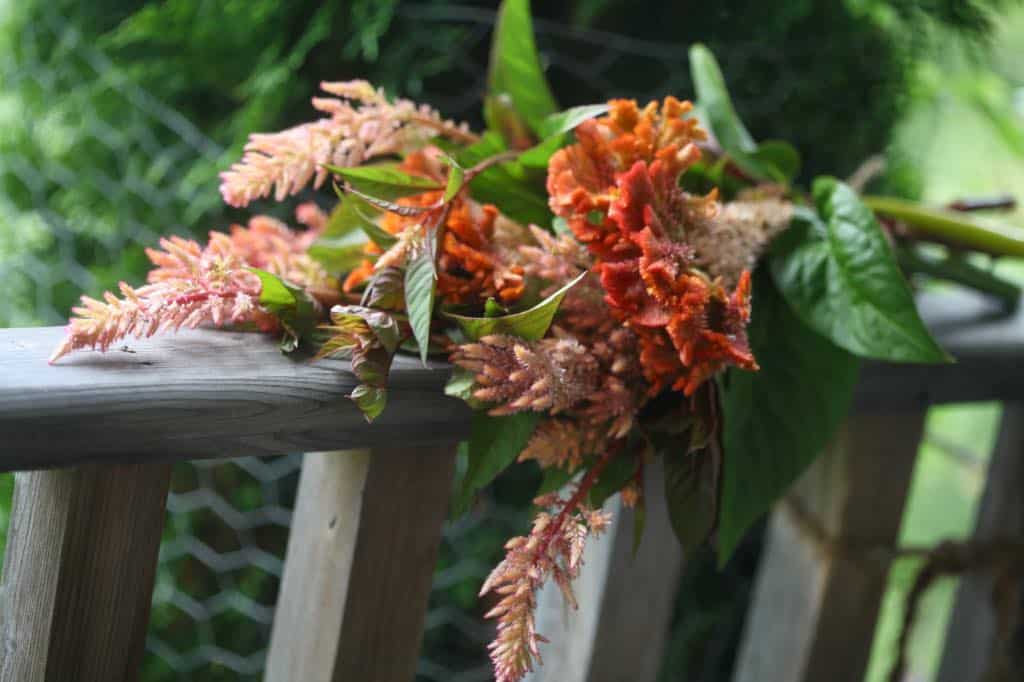
Air Drying
Air drying is the traditional way of drying flowers, and is one of the best methods of drying celosia.
- The ideal environment for air drying is one which provides a dry and dark location, with good air circulation.
- It's important to keep the drying flowers away from direct sunlight, because this will fade the blooms.
- To air dry celosia, it's best to bundle and hang the flowers upside down.
- Bundle the flowers in small bunches of 5 to 10 stems, depending on the size of the blooms. Try to bundle similar-sized flowers together for the most consistent drying
- Use rubber bands to secure the stems within the bundles. As the stems shrink during the drying process, the rubber band will help to hold the stems together within each bundle.

- For crested blooms, limit the number of flowers in the bunch to allow for good air flow during the drying process. Large crested flowers can be hung individually.
- Hang the stems upside down in a warm, dry, and dark location.
- You can use a clothespin or a hook, such as a large opened paper clip, to secure the rubber bands to any hanging structure.
- The bundles can be suspended on a drying line, or hung anywhere where they will have good air circulation and dry conditions. I often hang my flowers and herbs over knobs on my kitchen hutch, with great results.
- The flowers will dry completely within 3 to 4 weeks. When dry, the stems will become shrivelled and brittle.
- The faster the flowers dry, the better they will retain their color. The darkness will also help to prevent the flowers from fading.

Drying Upright In A Vase
This method is essentially the air drying method as well, and can be used for the larger cockscomb celosia flowers.
- Using this method, the stems are placed in a tall vase with an inch of water.
- As the water evaporates, allow the stems to remain in the vase, and the flowers to dry in an upright position. Do not add more water, allowing the flowers to dry.
- These blooms will generally dry upright without bending, and you get to enjoy the flowers in the vase as they go through the drying process.
- Smaller flowers may droop downwards however, so they are best to dry by hanging upside down.
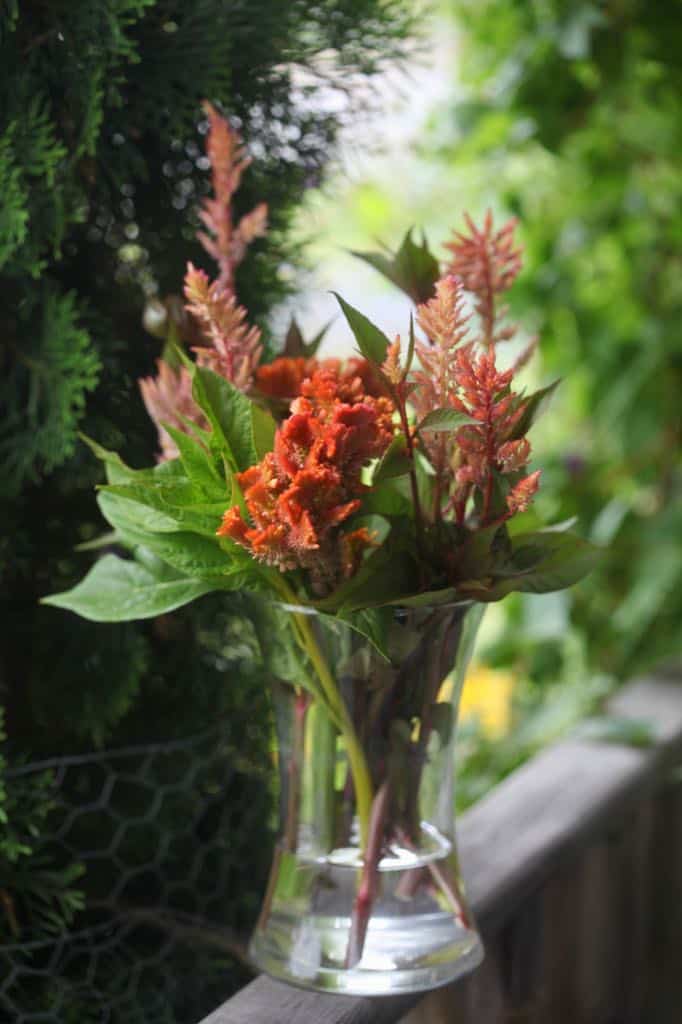
Drying In Silica Gel
Celosia flowers can also be dried using a desiccant method, such as drying in silica gel.
- Desiccant drying will speed up the drying process of each flower, however will take some time if you have many celosia blooms to dry, as you may not be able to dry them all at once.
- Length of time for drying with silica gel is dependent on the size and type of flower. Larger and thicker flowers will require more drying time.
- The silica gel is placed in an airtight container, and the flowers are laid in the container and covered with the crystals. The gel gradually absorbs the moisture from the blooms.
- Follow the directions on your silica gel packet for drying time.
- Using silica gel to dry the flowers will likely dry each flower within 2 to 4 days, and often perfectly preserve them.
- Use a small brush to gently brush away any silica crystals remaining on the dried flowers. You can also gently tap the flowers, to tap the crystals back into the bowl.
- The advantages of drying flowers with this method is the speed and often better color preservation of the blooms.
- The disadvantages of this method is that there are lots of crevices in which the tiny crystals can get lodged, on the celosia flower heads.
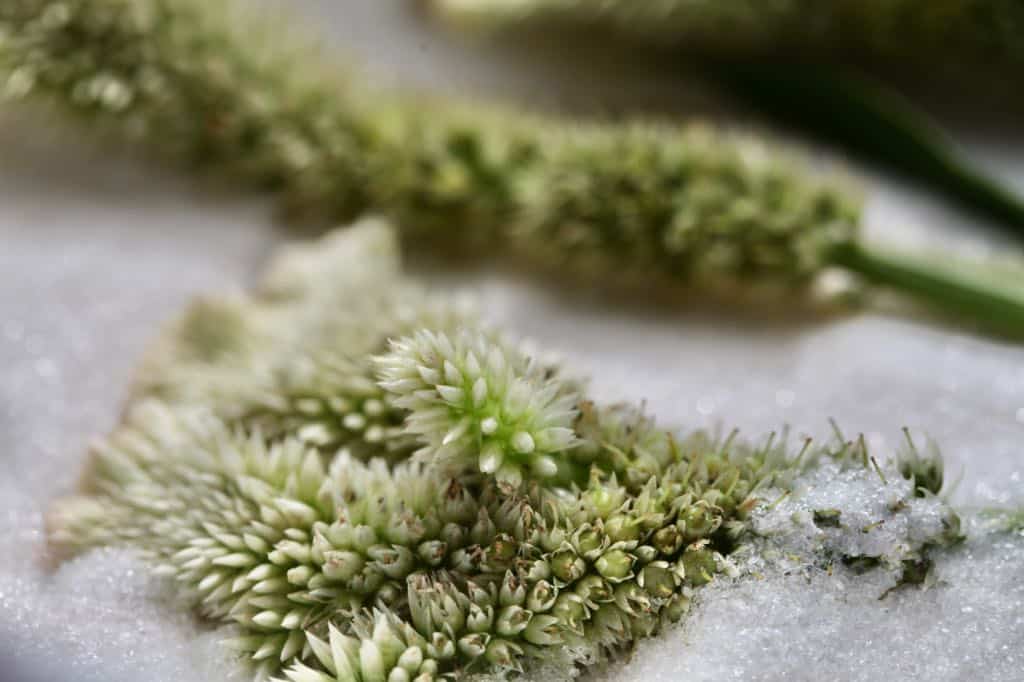
Storing Dried Celosia
- Ensure that the celosia flowers are thoroughly dried before storing them.
- Store the blooms laying flat, wrapped in tissue paper for protection. The paper will help to keep the flowers dry by wicking away any moisture.
- Place in an airtight container in a dry place for long-term storage.
- Dried celosia flowers should be always stored in a dry dark place for best longevity.

Frequently Asked Questions
How Long Does It Take Celosia To Dry?
The drying time will depend on a number of different factors, such as the drying method, humidity of the air, the size of the flowers, as well as air circulation.
Hanging flowers to dry generally takes approximately 30 days for the flowers to dry completely.
Drying in silica gel will take considerably less time.
Larger flowers may need a little longer to completely dry. As well, smaller flowers may take less drying time.

How Do You Dry Celosia To Keep Color?
Keep the drying flowers in a dark location, out of direct light.
Any exposure to light during the drying process can fade the blooms.
The speed of the drying process can also help to preserve some of the color. Silica gel drying can help to preserve the color of the flowers in the short term.
Flower color in dried flowers generally tends to fade over time in general, especially if they are exposed to light.
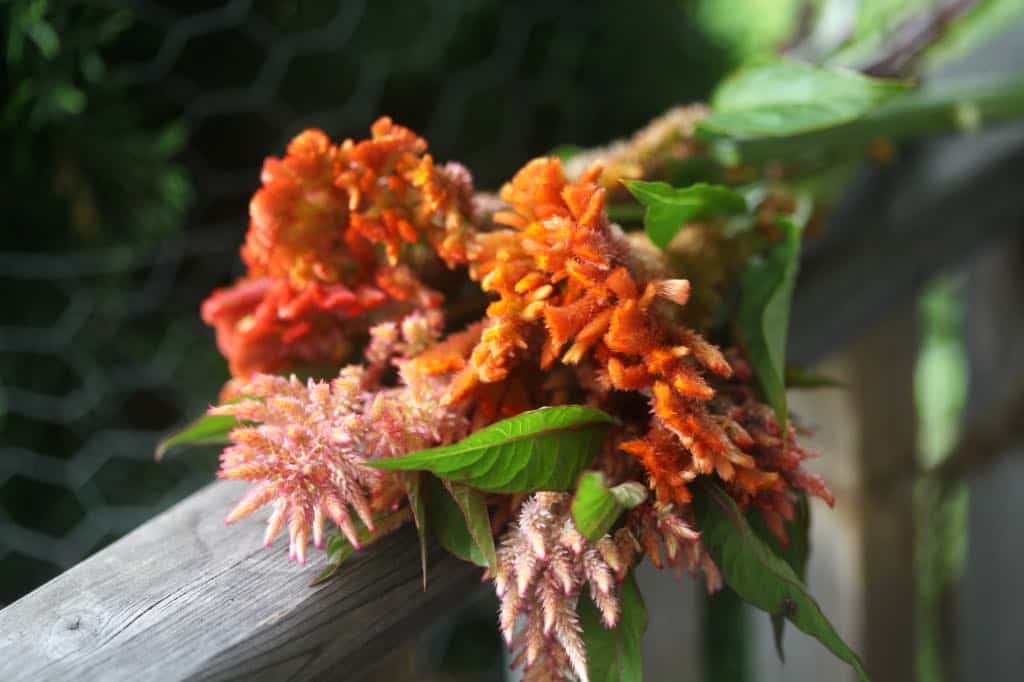
What Can I Do With Dried Celosia?
Dried celosia flowers are perfect to use in craft projects, such as on wreaths and in shadow boxes. The flowers can also be used in a potpourri as a sustainable plant product.
The dried flowers also look wonderful in a dried flower bouquet, and in dried floral arrangements, either alone or mixed in with other types of flowers.
Anything made with homegrown and home dried celosia can also make a thoughtful and long lasting gift.
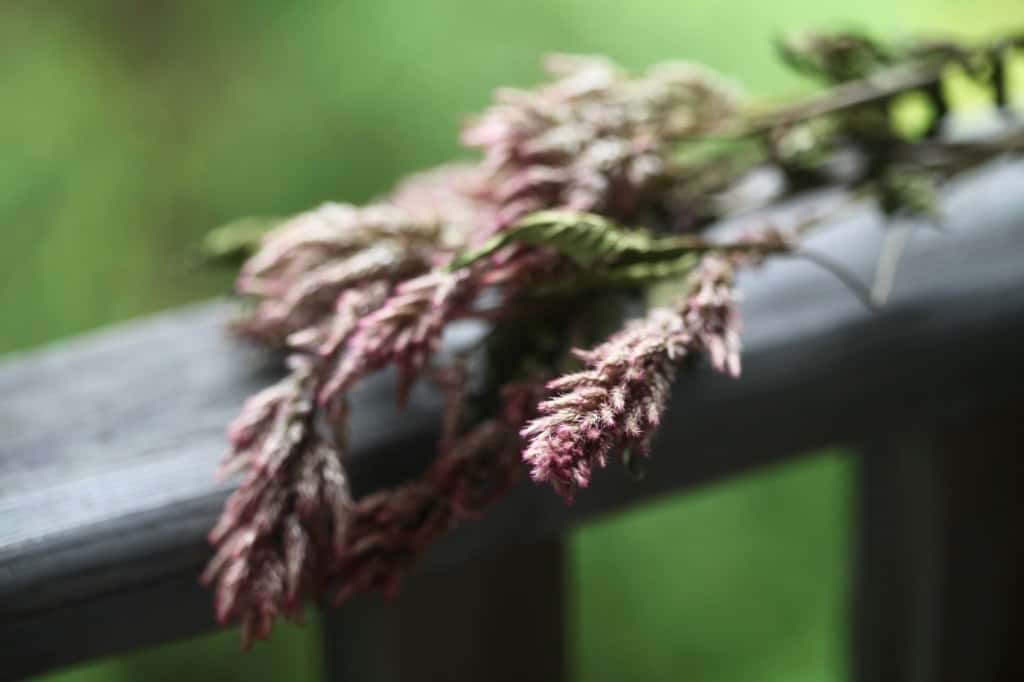
Conclusion
Drying celosia flowers is an eco-friendly and sustainable way to enjoy your celosia blooms throughout the year.
These everlasting flowers will last for a long time if dried using the right techniques. Make sure to protect them from moisture and sunlight for best longevity.
If you grow celosia in your garden, consider drying some of these amazing blooms this summer.
That way you can experience the joy of having a piece of the summer garden, throughout the seasons.
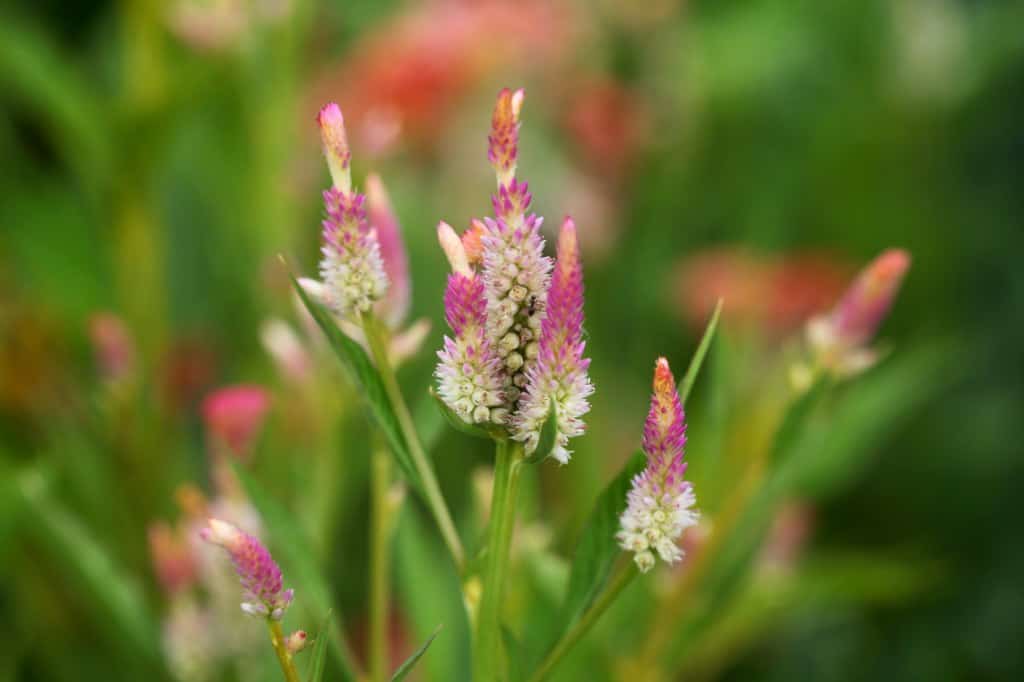
Have you ever tried to dry celosia? Be sure to leave a comment below to share your experience!
Other Posts You May Like:
PIN IT FOR LATER!



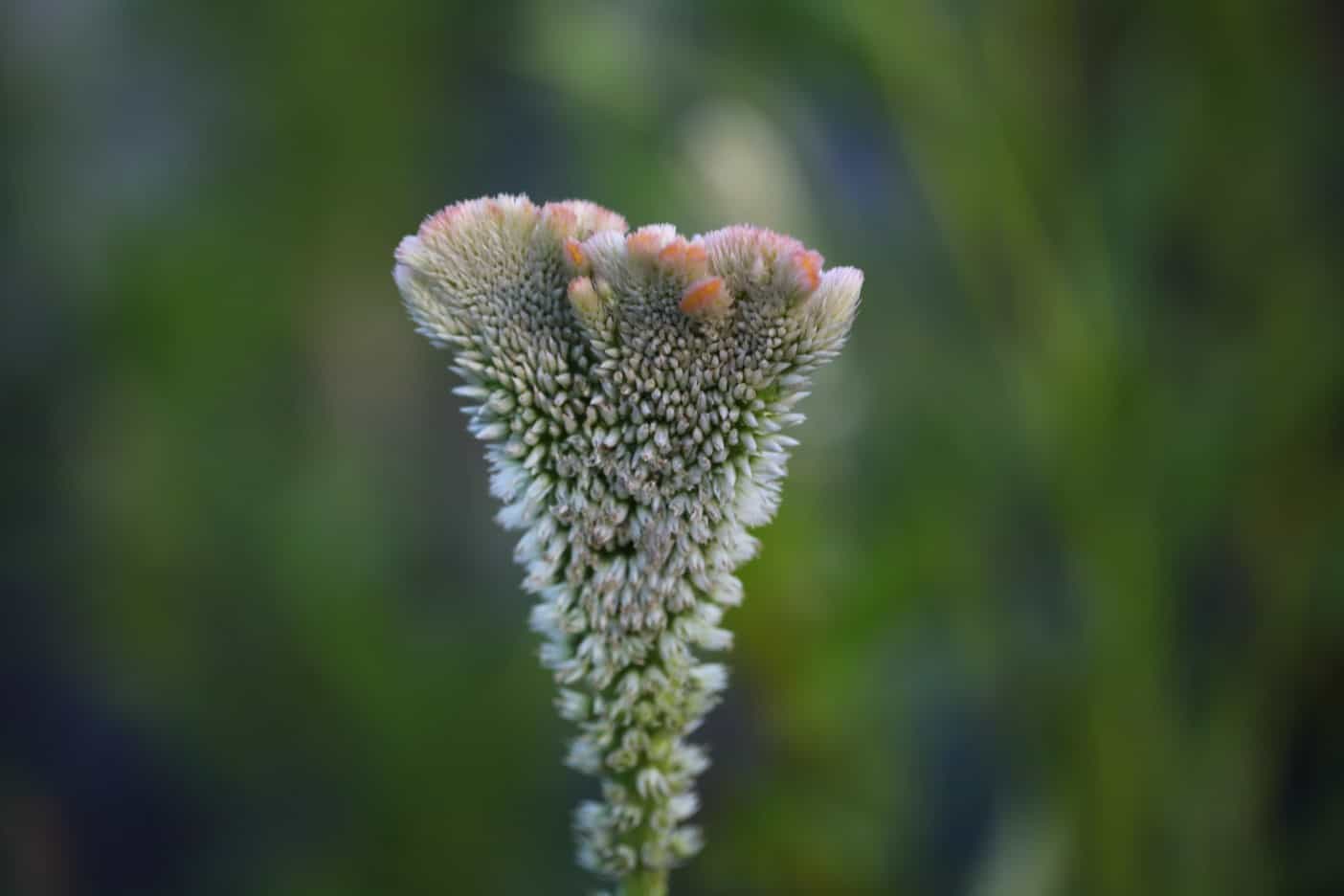
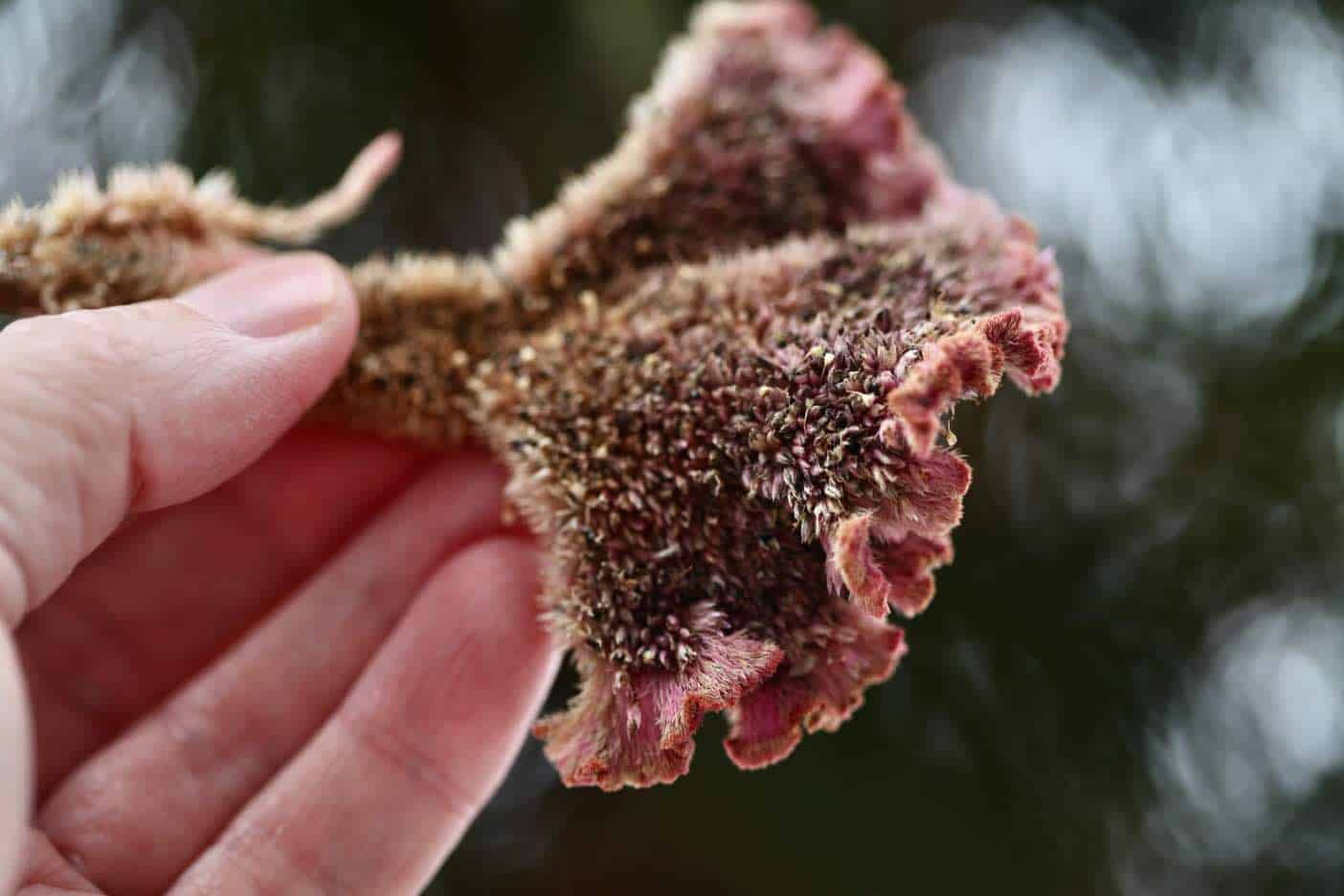
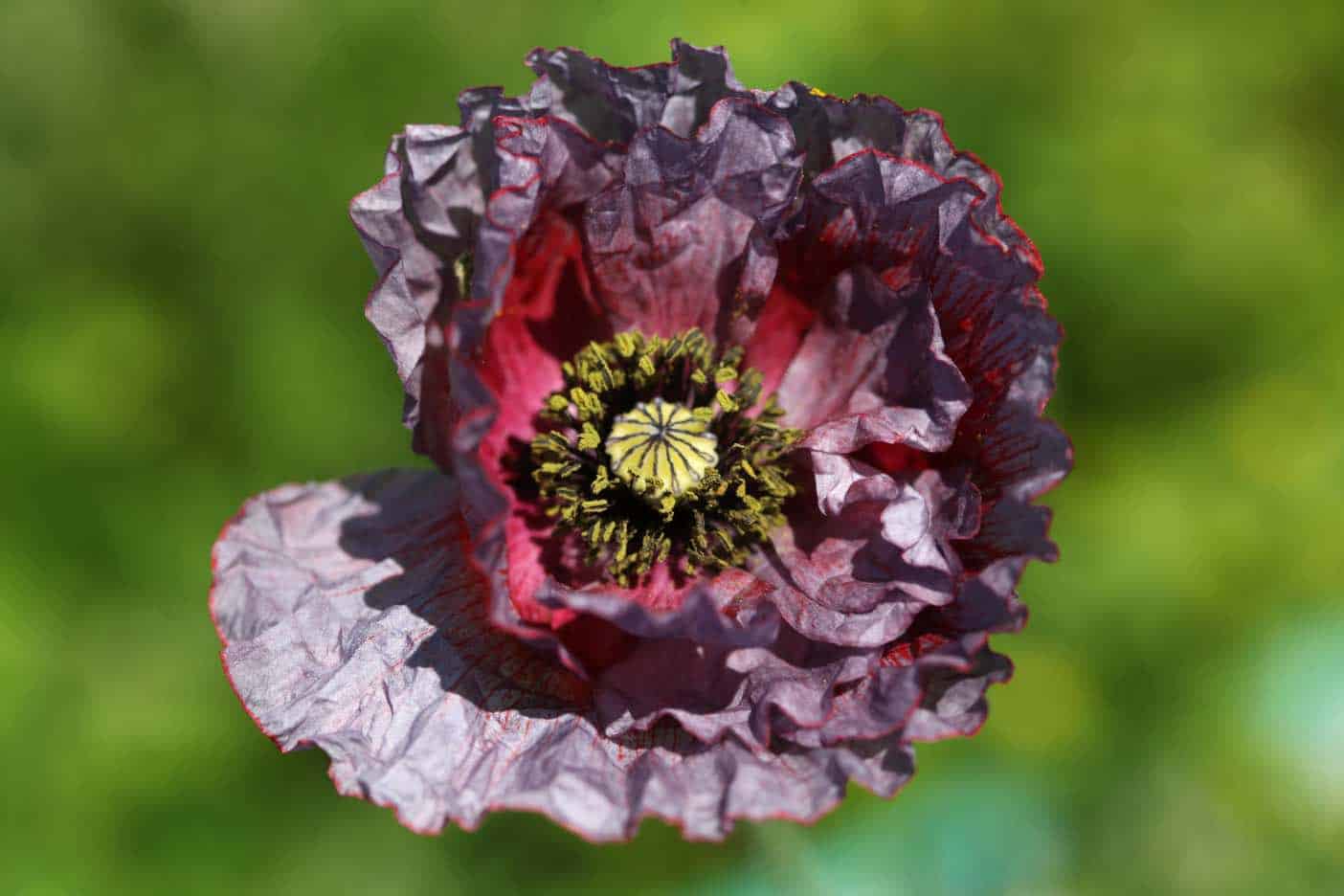
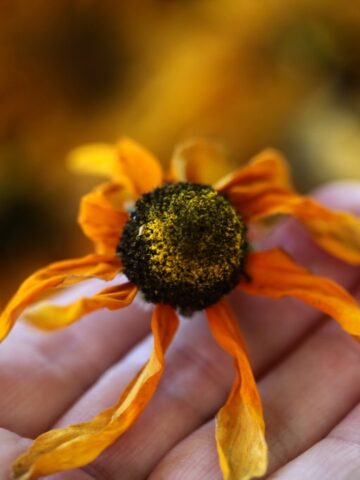

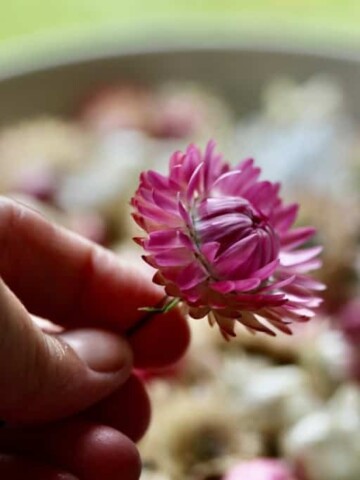
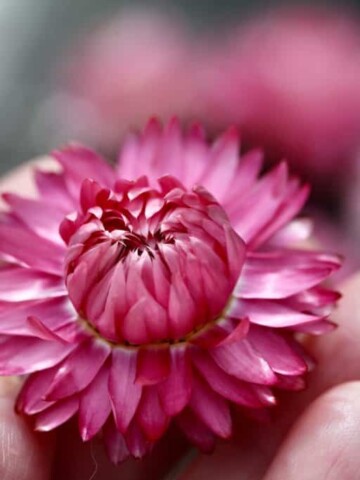
Leave a Reply